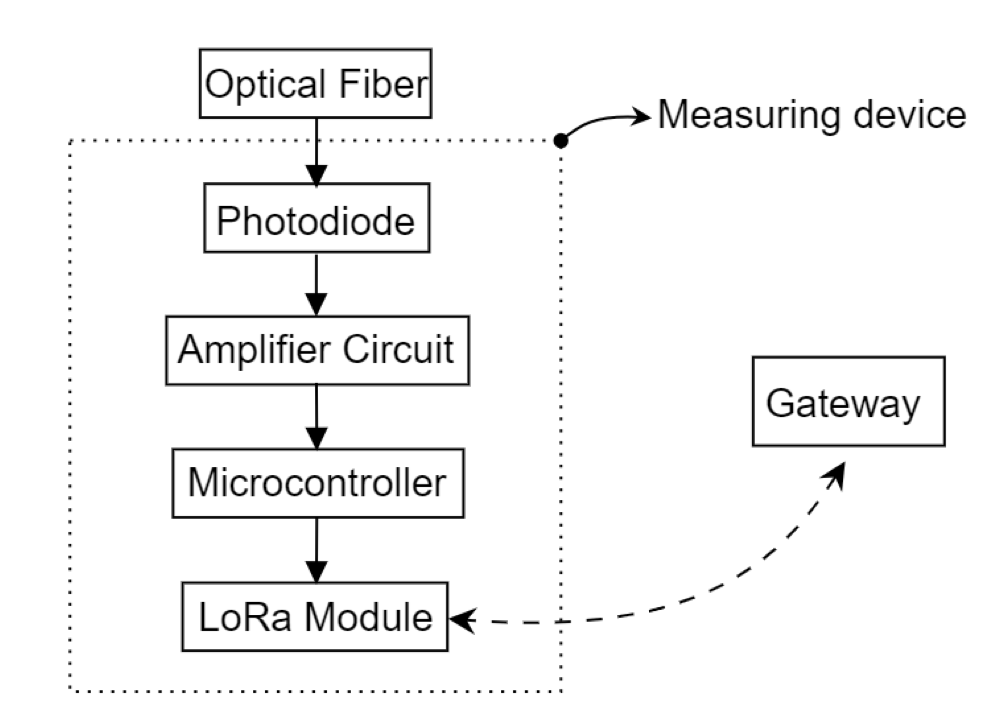Optical Power Measurements in Passive Fiber Optic Networks Using the LoRaWAN Protocol
DOI:
https://doi.org/10.14209/jcis.2024.14Keywords:
Optical Fibers, Optical Power Meter, Internet of Things (IoT), LoRaAbstract
According to the National Telecommunications Agency (ANATEL), in a report released in 2022, it detailed that around 63% of fixed broadband connections used fiber optic networks for connection. This report demonstrates the constant expansion of fiber optic networks in Brazil. The high demand for optical networks means that internet providers face challenges in delivering a quality service that provides a positive customer experience. As a result, companies in the sector have been looking for solutions to solve problems in connecting optical networks. Currently, in the literature and on the market, there are techniques and tools that enable providers to monitor the network connection, carry out speed tests, promote customer service and carry out preventive maintenance. One of these commercial tools is the Optical Power Meter (OPM), a device capable of taking optical measurements in fiber optic networks. Therefore, this work aims to develop an optical power measurement system for passive fiber optic networks, in order to analyze the quality of the signal provided to users, which uses the LoRaWAN communication protocol, thus integrating with the Internet of Things (IoT).
Downloads

Downloads
Published
How to Cite
Issue
Section
License
Copyright (c) 2024 Danillo Fernandes do Nascimento, Italo Rossi Araújo Costa, Rhuan da Silva Nunes, Jos´e Cl´audio do Nascimento (Author)

This work is licensed under a Creative Commons Attribution 4.0 International License.
Authors who publish in this journal agree to the following terms:
- Authors retain copyright and grant the journal right of first publication with the work simultaneously licensed under a CC BY-NC 4.0 (Attribution-NonCommercial 4.0 International) that allows others to share the work with an acknowledgment of the work's authorship and initial publication in this journal.
- Authors can enter into separate, additional contractual arrangements for the non-exclusive distribution of the journal's published version of the work (e.g., post it to an institutional repository or publish it in a book), with an acknowledgment of its initial publication in this journal.
- Authors are permitted and encouraged to post their work online (e.g., in institutional repositories or on their website) before and during the submission process, as it can lead to productive exchanges, as well as earlier and greater citation of published work (See The Effect of Open Access).
___________
Accepted 2024-08-09
Published 2024-08-20


